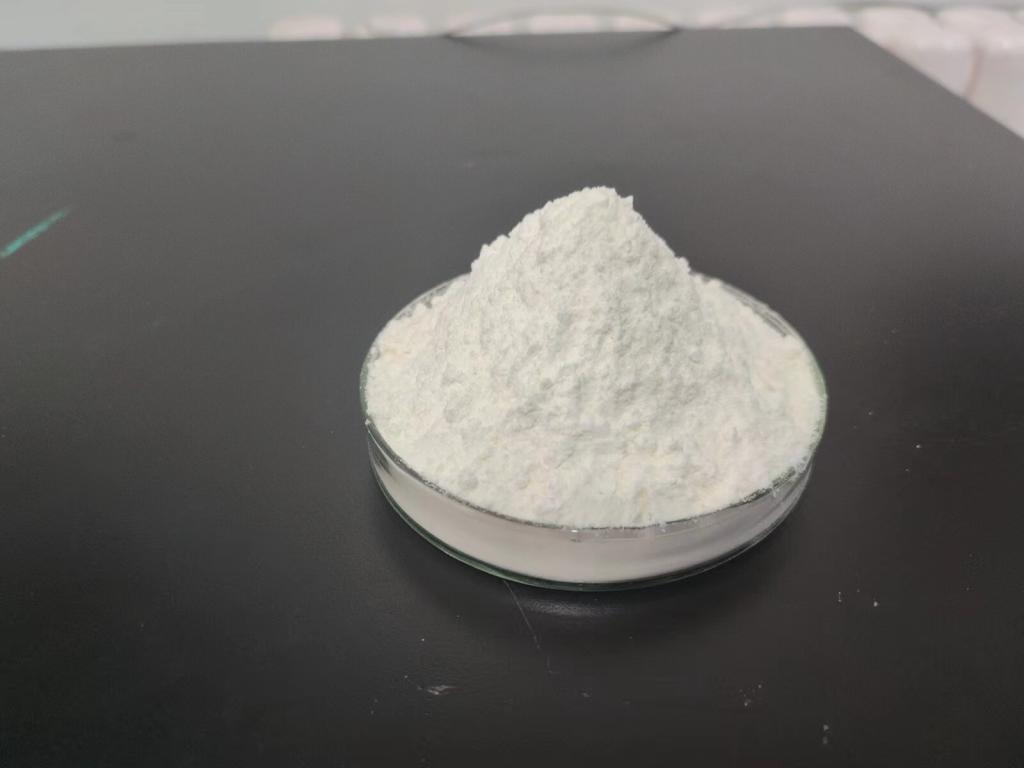Tel:+8618231198596

News
 CONTACT
CONTACT
 CONTACT
CONTACT
- Linkman:Linda Yao
- Tel: +8618231198596
- Email:linda.yao@dcpharma.cn
- Linkman:CHARLES.WANG
- Department:Overseas
- Tel: 0086 0311-85537378 0086 0311-85539701
News
Current Position:
Home >
News
>Sustainable Approaches to Food Packaging: The Rise of ε-Polylysine Hydrochloride
Sustainable Approaches to Food Packaging: The Rise of ε-Polylysine Hydrochloride
TIME:2024-02-05
The Environmental Impact of Conventional Food Packaging:
Conventional food packaging materials, such as plastic, aluminum, and Styrofoam, contribute significantly to environmental degradation. Issues such as non-biodegradability, resource-intensive production processes, and the generation of greenhouse gases during manufacturing have propelled the search for sustainable alternatives. The exploration of novel materials like ε-polylysine hydrochloride marks a crucial step towards reducing the ecological footprint of the food packaging industry.
ε-Polylysine Hydrochloride: Properties and Production:
ε-Polylysine hydrochloride is a polymer derived from the fermentation of certain bacterial strains, particularly Streptomyces albulus. Its unique structure, consisting of lysine monomers linked by peptide bonds, imparts antimicrobial properties. The hydrochloride form enhances water solubility, making it versatile for various applications. The production of ε-polylysine through microbial fermentation aligns with the principles of green chemistry and sustainable bioprocessing.
Antimicrobial Action of ε-Polylysine in Food Packaging:
One of the remarkable features of ε-polylysine hydrochloride is its natural antimicrobial activity. This property is particularly advantageous in the context of food packaging, where preventing microbial contamination and spoilage is essential. ε-Polylysine inhibits the growth of a wide range of bacteria and fungi, extending the shelf life of packaged foods without the need for synthetic preservatives. The incorporation of ε-polylysine into packaging materials provides a dual function of preserving food safety and reducing the environmental impact of packaging waste.
Applications of ε-Polylysine in Food Packaging:
a. Antimicrobial Films: ε-Polylysine hydrochloride can be incorporated into biodegradable films and coatings for food packaging. These films create a protective barrier against external contaminants while actively inhibiting microbial growth on the surface of the packaged food. The use of ε-polylysine in films extends to various food products, including fresh produce, meats, and bakery items.
b. Active Packaging Systems: Active packaging involves incorporating functional additives into packaging materials to extend the shelf life of food products. ε-Polylysine acts as a natural antimicrobial agent in active packaging systems, providing an additional layer of protection against spoilage microorganisms. This approach reduces the reliance on synthetic preservatives and enhances the overall sustainability of food packaging.
c. Edible Packaging: The concept of edible packaging aligns with sustainability goals and aims to minimize waste. ε-Polylysine can be integrated into edible films or coatings that serve as both packaging and a component of the food product. This innovative approach enhances consumer convenience, reduces packaging waste, and contributes to a circular economy.
Biodegradability and Environmental Impact:
One of the key advantages of ε-polylysine hydrochloride in food packaging is its biodegradability. Unlike traditional plastics that persist in the environment for hundreds of years, ε-polylysine undergoes natural degradation processes, returning to the ecosystem in a shorter timeframe. This characteristic addresses the urgent need to reduce the environmental impact of packaging materials, particularly in the context of single-use items.
Regulatory Considerations and Consumer Perception:
The regulatory landscape surrounding novel food packaging materials is a critical aspect of their adoption. ε-Polylysine hydrochloride, being a natural and well-studied compound, aligns with regulatory guidelines for food safety. Moreover, consumer perception plays a pivotal role in the acceptance of sustainable packaging solutions. Education and awareness campaigns can inform consumers about the benefits of ε-polylysine in food packaging, fostering a positive reception and encouraging the shift towards more sustainable choices.
Challenges and Future Directions:
While ε-polylysine hydrochloride holds great promise, challenges exist in optimizing its properties for different packaging applications. Achieving the right balance between antimicrobial efficacy, mechanical strength, and cost-effectiveness remains an ongoing challenge. Future research directions include fine-tuning formulations, exploring synergies with other sustainable materials, and assessing the life cycle environmental impact of ε-polylysine-based packaging.
Industry Adoption and Collaborations:
The successful integration of ε-polylysine hydrochloride into food packaging requires collaboration across the entire value chain, from raw material suppliers to packaging manufacturers and end-users. Industry partnerships, research collaborations, and knowledge-sharing initiatives can accelerate the adoption of sustainable packaging solutions. Case studies showcasing successful implementations can inspire other stakeholders to embrace ε-polylysine as a viable and eco-friendly option.
Conclusion:
The rise of ε-polylysine hydrochloride in food packaging marks a significant stride towards sustainability in the packaging industry. Its natural antimicrobial properties, biodegradability, and versatility make it a compelling choice for addressing the environmental challenges posed by conventional packaging materials. As consumer awareness grows and regulatory support strengthens, ε-polylysine has the potential to revolutionize food packaging, contributing to a more sustainable and resilient future for the global food industry.
- Tel:+8618231198596
- Whatsapp:18231198596
- Chat With Skype







